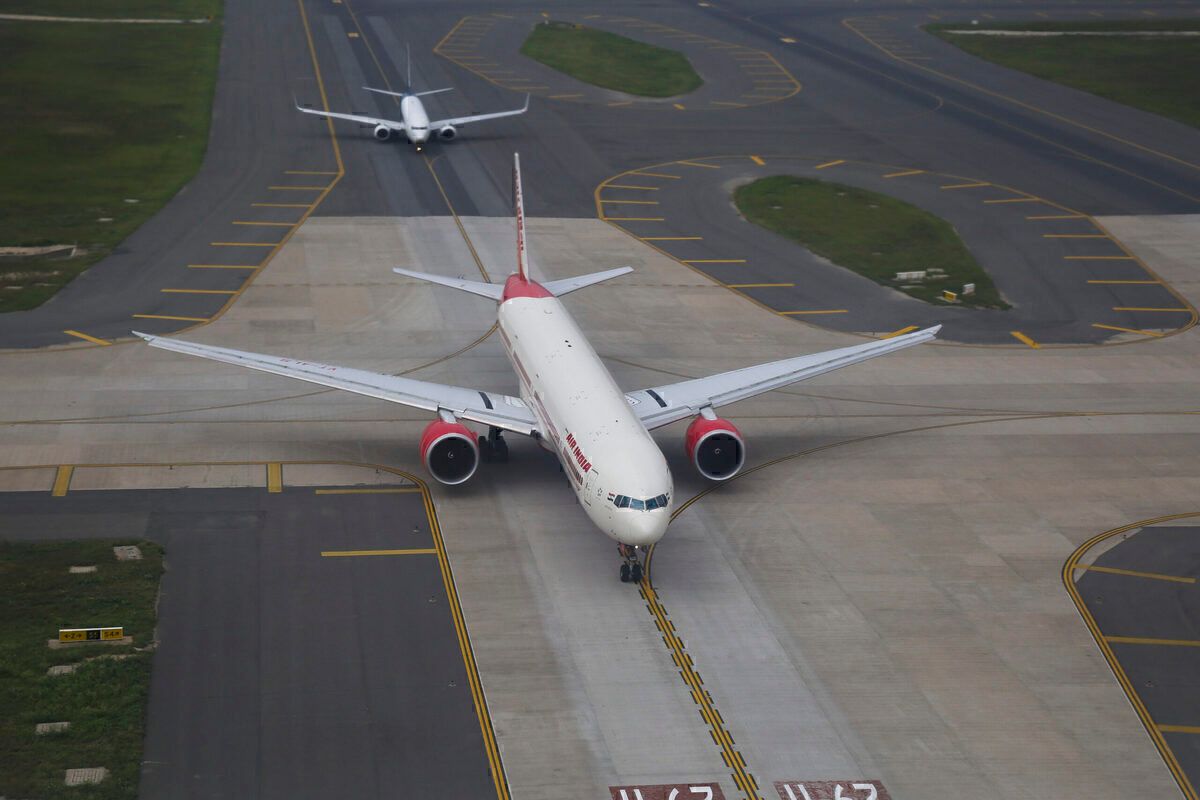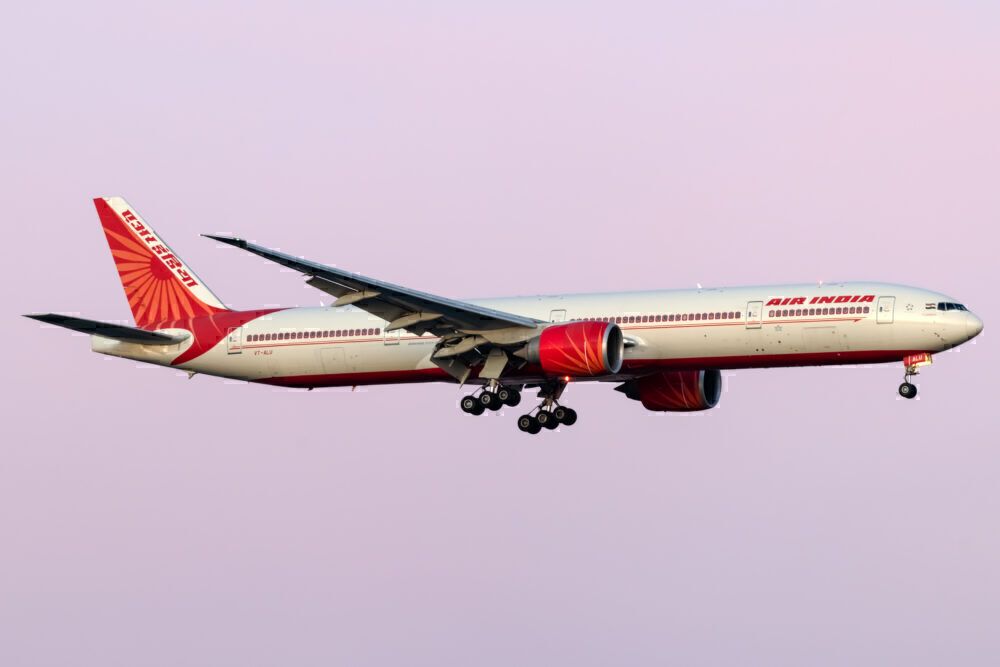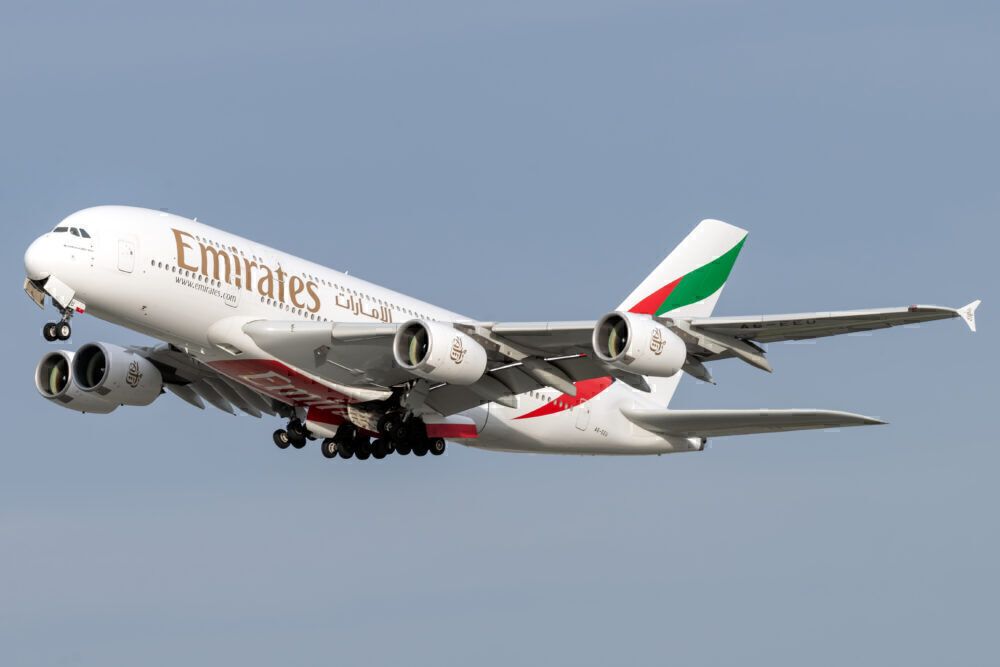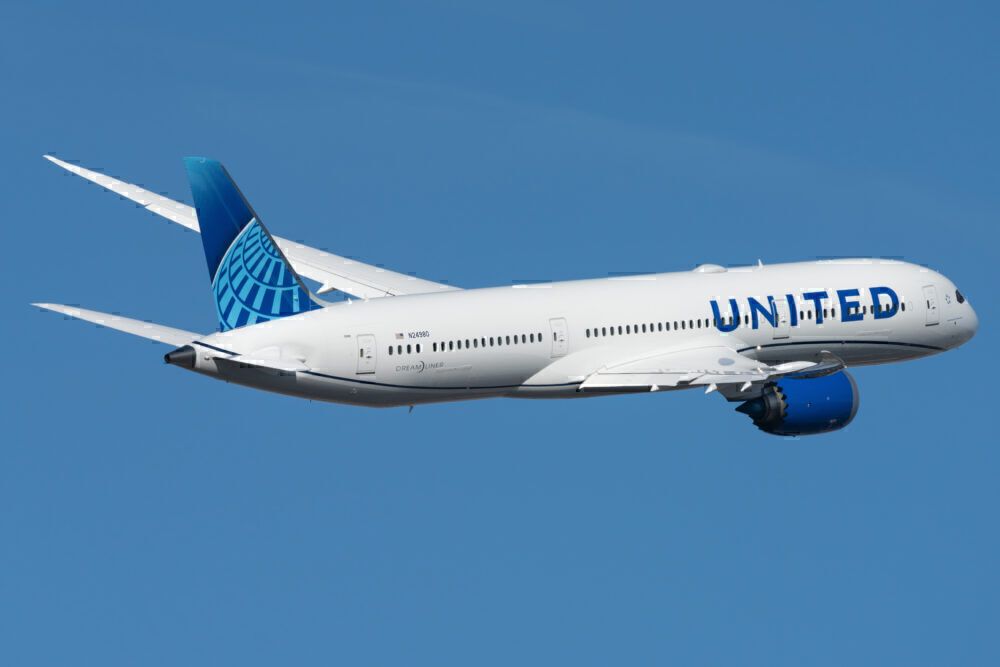India has extended its scheduled international flight ban once again. The order means that all scheduled passenger flights are suspended until the end of March, while cargo flights may continue to operate. However, international travel has resumed due to travel bubbles and hundreds of repatriation flights.
Another extension
In what has become routine now, the Indian government has ordered that regular international flights remain suspended for another month. March will mark one full year since India ordered its first international flight ban. The original one-week ban has now been extended to one year (and likely beyond).
The Indian government has repeatedly signaled that it has no plans to reopen regular flights until travel restrictions remain in place. This will likely take months, if not another year, as vaccines slowly rollout and infection levels must fall for borders to reopen. However, India no longer seems concerned about restoring regular flights soon, focusing on travel bubbles instead.
We can expect the ban to remain in place until at least this summer, if not longer, with no firm timeline provided by the government. With rising cases in India and new strains of the virus emerging, opening international travel isn't a high priority for now.
Travel bubbles and VBM
Instead of reopening all flights, India has been signing travel agreements to restart international flights. 27 countries have agreed to the travel bubbles, allowing flights to and from these destinations to resume. This includes countries like the US, UK, Germany, UAE, Oman, Maldives, Seychelles, Russia, Rwanda, Qatar, and several more.
It should be noted that the travel bubbles do not allow airlines to carry connecting passengers. Barring a few exceptions (European airlines can connect to/from the EU and some airlines can connect passengers from South America and Africa), all traffic is point-to-point only.
For travel countries that haven't signed a travel agreement with India, the Vande Bharat Mission (VBM) repatriation flights continue. This allows travel to destinations like Australia, New Zealand, Singapore, Hong Kong, Saudi Arabia, and others. Border restrictions and India's flight ban means the repatriation mission has been on since May.
Stay informed: Sign up for our daily aviation news digest.
New routes
The lack of connecting traffic from Middle Eastern and European carriers has spurred a rise in new direct flights from North America. United opened a new Delhi-Chicago service in December and plans to continue with Bangalore-San Francisco flights this spring.
American Airlines will also launch its Bangalore-Seattle this winter, while Air India has added two new US routes in the last few months. Air Canada is also considering a new Montreal to New Delhi route from April.
We are unlikely to see regular international flights resume soon, given the circumstances. However, repatriation and travel bubbles are allowing essential (and some leisure) travel to continue for now. With new routes emerging, the post-ban international market could look very different, whenever it comes.
What are your thoughts about the ban? Let us know what you think in the comment section.




